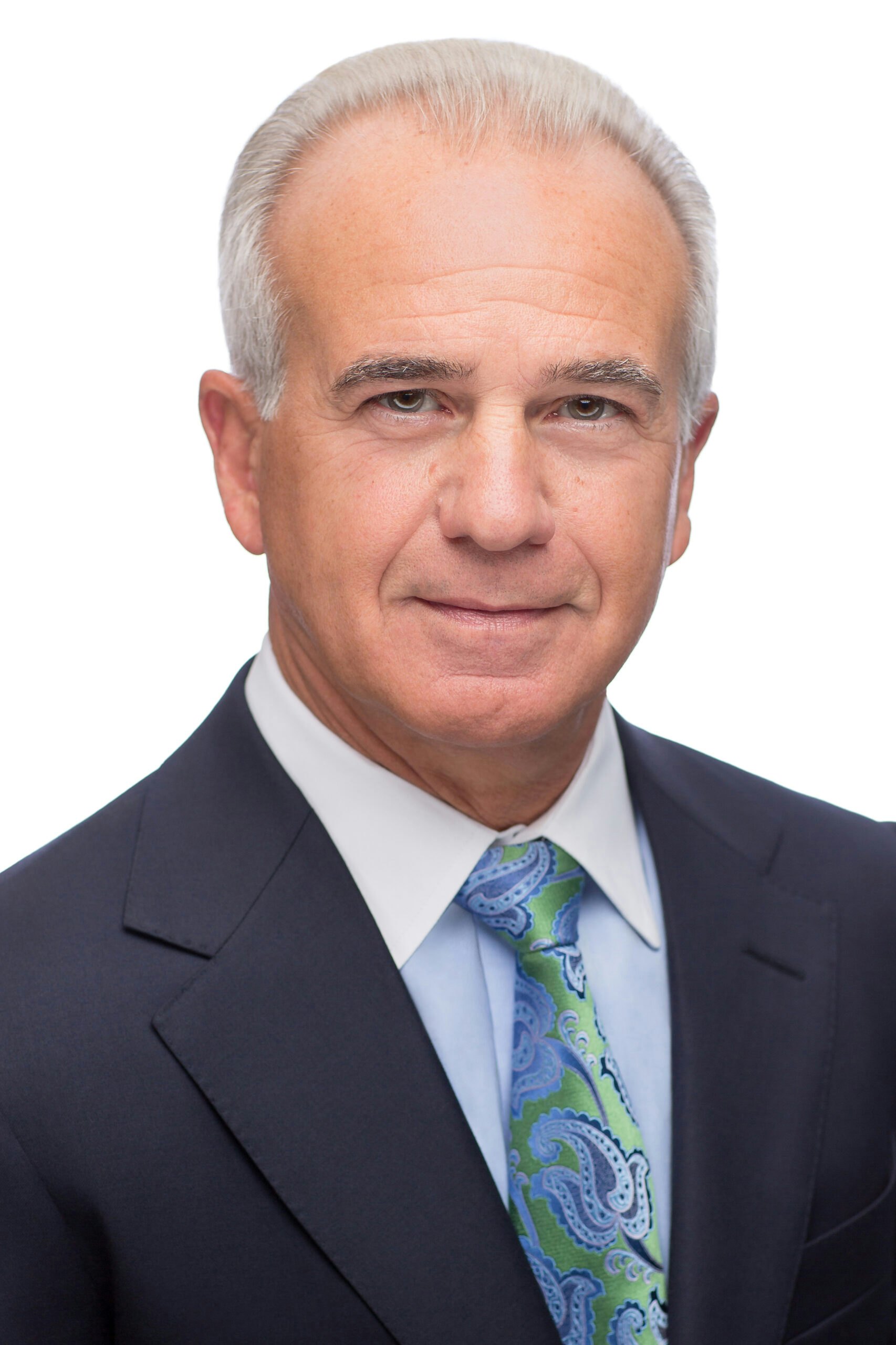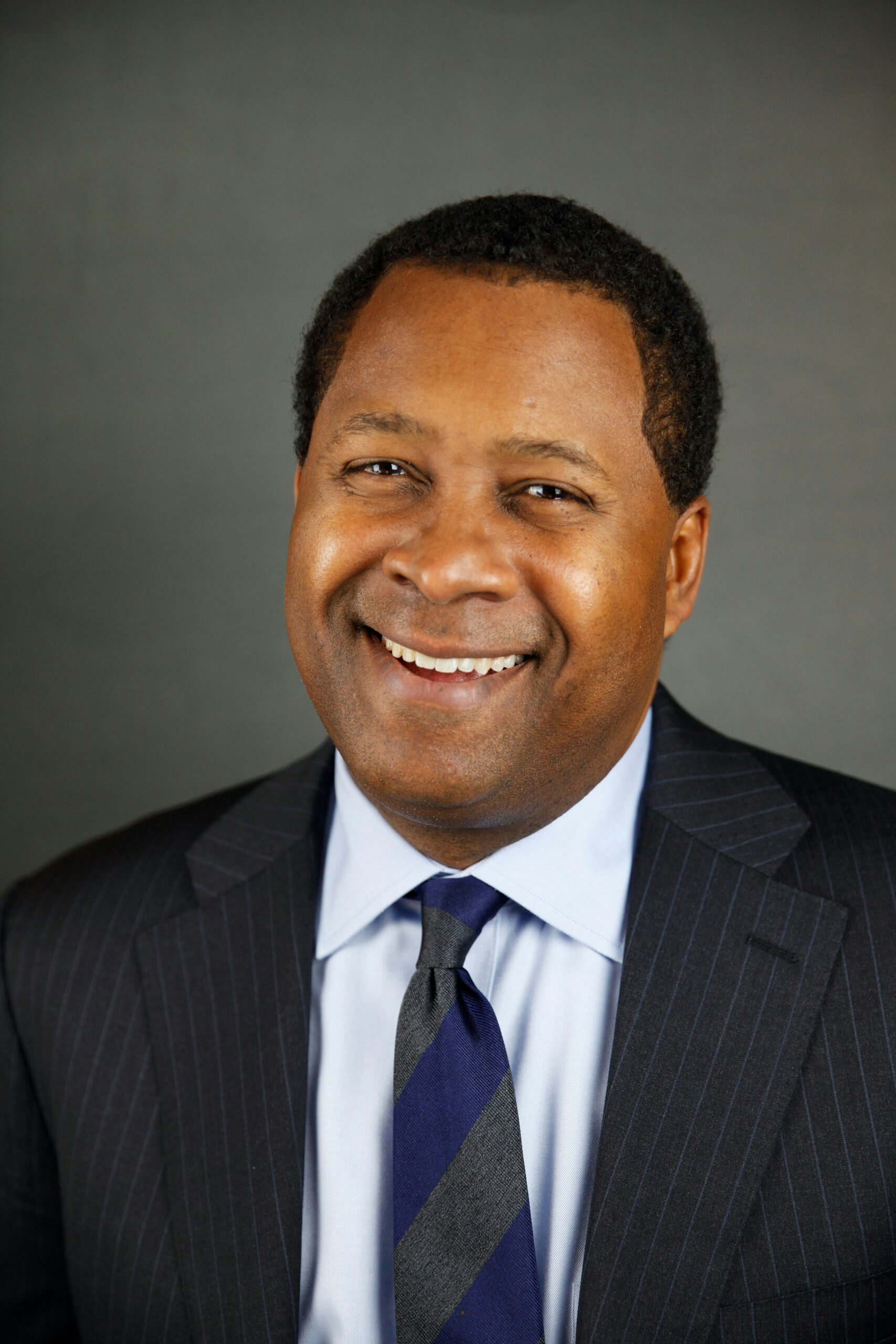Claire Buchan Parker joins us this month to walk us through the role she played in helping connect the filmmakers of the upcoming Apple TV+ documentary, 9/11: Inside the President’s War Room with Bush Administration officials, including coordinating an interview with President Bush. She shares leadership lessons learned from her experience in the Situation Room on 9/11 and why her network of Bush Administration friends remains so important to her.
Q: How did you come to be involved in the Apple TV+/BBC documentary, 9:11: Inside the President’s War Room and what was your role?
A couple years before joining the Bush Administration, I was head of communications for a company in Chicago. We got a call from Adam Wishart, then a BBC reporter, who wanted to follow the president of our London-based pest control subsidiary around for a week. We were deeply suspicious and very concerned that this stranger would be unfair and twist a week’s worth of candid footage. So, I went along to try to keep it on the rails, much to the reporter’s unhappiness. Turns out he was fair, decent and could be trusted. From there, we built a friendship that included fun things like a trip to the House of Lords along with cocktails at the Peer Lords-only bar. So, when Adam, now a BBC documentarian, called to ask if I would consider helping on a documentary exploring how President Bush and the White House dealt with the crisis of 9/11, I jumped. I figured any accurate telling of how President Bush responded would be good for him and would be a story important to history.
My role was to help develop a strategy for securing interviews with the cast of people who could best tell the story, to make suggestions on who might have unexpected stories to tell, to make introductions to them and to vouch for Adam’s integrity. As we moved through the process, I’d share perspectives on the people he would be interviewing and offer thoughts on how they would have fit into the process and things Adam might explore when talking with them. I didn’t have an editorial role, but at various points we talked through the context of some of the comments people had made in their interviews. I am grateful that so many of our colleagues answered my calls and emails and were willing to share their experiences with Adam. Their perspectives are what make the film so good.
Q: How would you describe the approach taken by Wishart?
It was a fascinating process to watch. Adam started by trying to know more about 9/11 than anybody – reading pretty much everyone’s autobiography and even reading the 9/11 Commission Report cover to cover. But I think what really made the effort successful was that he was genuinely interested in asking questions and trying to extract and understand not only what happened, but also how people felt, and how and why the President made the decisions he made. Adam was really curious. And fortunately, he executed with the integrity and fairness I had expected. There were moments when I thought, “uh-oh, what if my trust is misplaced?” Fortunately, that wasn’t the case.
Q: The film focuses on leadership and decision-making. What stands out to you about President Bush’s comments from the interview he did for the film?
The thing that stands out most to me is how fast President Bush understood what was happening, grappled with the implications and changed the course of his presidency. You can watch it in real time on the film. There is a moment when he is at Offutt Air Force Base, doing a secure video call with the national security team, and he tells FBI Director Mueller that his job has gone from catching the bad guys to preventing terrorism. It’s amazing that just a few hours after the attack, he not only grasped the magnitude of what the attack meant, but had begun to chart the course for how to fundamentally change the way our government and the bureaucracy worked.
It’s fascinating to hear President Bush reflect on his thought process with 20 years of hindsight and perspective. He shares why he made the decisions he made, gives insight into his belief that a leader needed to be both decisive and calm, and he talks about how even as he made monumental decisions with lightning-fast speed, he also knew that he needed to take the time to be deliberate and thoughtful about the implications of those decisions.
The film doesn’t include the famous scene where President Bush speaks to the first responders with the bullhorn. I thought I would miss it. Instead, it ends on a much quieter note with the President comforting the families at the Javits Center and him reflecting on his faith and love for the American people. There is so much nastiness and rancor these days, and this perspective was a great example of President Bush’s strength and compassion.
Q: On 9/11, you were Deputy Press Secretary at the White House. Twenty years later, which moments from that day do you still find yourself thinking about today?
I was in the Situation Room all day on 9/11. It was terrifying – and if I had been half as fast as President Bush and others to grasp what was going on, it would have been even scarier.
Sean McCormack and I were together most of the day and we always call each other on 9/11 to recount those hours. The moments we won’t ever forget include being told that we needed to run to the EOB if they told us a plane was going to hit the building, followed quickly by a box of gas masks being brought into the room and a manifest we were asked to sign that was to be faxed out so they knew who was there if we didn’t make it. I was also asked to draft a press release to have ready in case the US had to shoot down a passenger plane. We’ve all heard about that awful contingency decision President Bush had to make, but at the time it was a shocking thing to be asked. There was also a moment when Dr. Rice was told the Pentagon had been hit. Without missing a beat, she said “Get to Colin. He’s not safe.” How fast she put the pieces together has always stuck with me.
Q: One of the strengths of the Bush Administration is that talent was recognized, and people were given the opportunity to grow and advance professionally. At the beginning of the second term, you shifted from the White House Press Office to serve as Chief of Staff at Commerce, overseeing a staff of more than 100. What was that like and how has that experience influenced your career?
After four years in the press office, I was ready to sleep in past 4:45 am. I had been a junior staffer at Commerce in the Reagan Administration, so it was fun for me to go back to Commerce 20 years later in a leadership role. The team there was creative, smart and dedicated, and I loved working with a group of people who were tireless and committed. When I started my own communications consulting business, I didn’t know if I could make a go of it. As it turns out, all my clients can somehow be traced to people I worked with – most of them in the 43 Administration. They’re people I worked with directly, colleagues of people from the Administration, and colleagues and friends of the colleague’s colleagues. So, the blessing of serving in the 43 Administration is one that keeps unfolding.






























